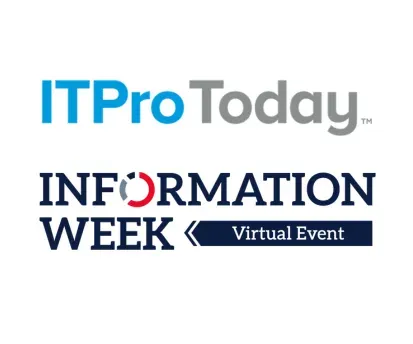Cisco vs. Oracle: How The Battle Will Impact The Networking Industry
With Oracle and Cisco going head-to-head after another Oracle SDN acquisition, the repercussions across the industry will be far reaching, from changes in purchase patterns to increased product bundling.
January 30, 2014

The move towards software-defined everything means new combatants stepping into the traditionally small networking boxing ring. If one of the endgames for software-defined networking (SDN) is a tighter link between applications and the network, then it was always only a matter of time before the networking guys stepped into applications and the application guys stepped into networking.
With Oracle making another acquisition in the SDN space, this appears to be playing out just as predicted. So what does this mean for the networking industry?
We’re on track for what will likely be a long journey from enterprise software into broader IT infrastructure. The future of IT is not silos of compute, storage, networking and applications but a broad portfolio of these elements. Traditional networking vendors will eventually need to expand their own reach across the infrastructure/application boundary, and the faster Oracle moves, the more quickly those changes will play out. None of this is lost on Cisco. At its Insieme coming-out party In November, CEO John Chambers didn’t talk about networking. Instead, he emphasized Cisco’s goal of being the leading IT company.
With Oracle and Cisco, two IT titans, going head-to-head and with stakes as large as the whole of IT spend, there will inevitably be big repercussions. Here are five worth watching:
1.Drivers for buying infrastructure will evolve.Today, infrastructure purchases are largely capacity-based, i.e., "I need this many new servers, which will drive this much new storage and network capacity." But is it possible that you start to see application-led sales? For example, we could hear, "I want to deploy this enterprise application for this many users across this many data centers." Over time, it is conceivable that supporting infrastructure will be pulled through. Obviously, this won’t happen overnight and it certainly won’t happen everywhere.
2.Product bundling will increase. If purchasing behaviors are around these broader IT solutions, vendors will start to bundle their products that way as well. This means that purchases at the largest enterprises will become even more about volume purchase agreements. The larger a group of product becomes, the more difficult it is to evaluate how individual components compare to others. This means that IT buyers will need to be particularly savvy in teasing apart those elements that are essential to a solution vs. those that are included only to obfuscate the actual value.
[Read why Tom Hollingsworth thinks software-defined networking has become a meaningless buzzword and why it's time to start fresh in "Is It Time for SDN 2.0?"]
3.Differentiation will move from price to value.This is one of those “oh duh!” observations that ought to be happening anyway, but it's worth pointing out that in an industry where price is not the primary differentiator, value becomes even more important. Those in buying positions will need to understand in quantifiable terms what value they are looking for. This likely requires a higher level of IT instrumentation, measurement, and ultimately, reporting.
4.Orchestration of workflows and workloads will be key. Once the universe moves to these broader solutions, there will be an even more urgent requirement to make all these disparate systems work together. As an IT architect, do you have a firm grasp over how everything interoperates? Is your solution to handle the integration yourself? Or do you envision hiring a professional services firm to handle this for you? Depending on your answer, your vendor selection process will be profoundly different.
5.The partner landscape will change. If professional services are important, what does this mean for your reseller of choice? The VARs that are adding integration skills (orchestration, DevOps and so on) will have a big advantage over those who do not. There will be large VARs who will be put out of business because they failed to identify the shifting sands and evolve with them. Is your reseller going to be an evolver or a laggard?
Those of us in the networking industry typically focus on our own industry. But disruption rarely occurs from within. If we are too insular, we will miss the moves at the periphery that could leave a lot of us out in the cold -- even those of us who call the warm West Coast our home. The software-defined takeover may be closer than we think.


